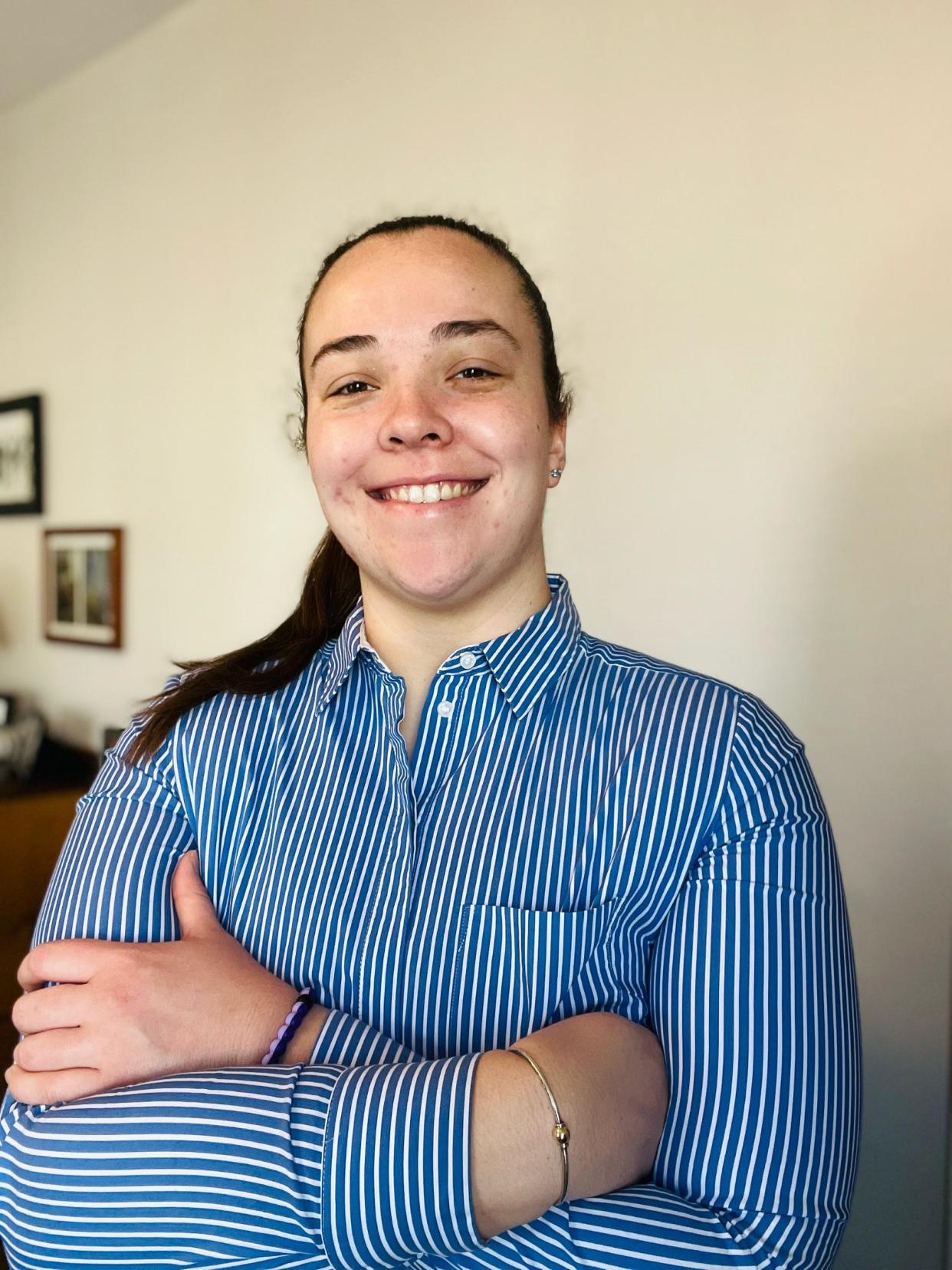Guest column: Stopping 'brain waste' for foreign-born workers in US

Foreign-born workers in the United States are far more educated and skilled than their positions in our economy let on. Brain waste is to blame.
About one in five workers in the U.S. is foreign-born and about a quarter of them are employed in service jobs such as food service, construction or cleaning. Only 15% of U.S.-born workers hold those kinds of jobs. But foreign-born workers are generally more educated than U.S.-born adults, with almost half holding at least a bachelor’s degree when they arrive.
Brain waste occurs when a highly educated, highly skilled individual is placed in a low-wage, low-skill job for which they are overqualified. Besides being illogical, the economic impact is significant, both for the individual and for the country.
I come face-to-face with brain waste twice a month when I meet with foreign-born students at JVS Boston (Jewish Vocational Service). In my volunteer role, I conduct mock job interviews with students who are learning English and workforce entry skills. I remember interviewing a Ukrainian lawyer seeking a preschool teacher’s aide position and a multilingual Afghan teacher with a decade of experience who sought any job that might hire.
When highly skilled and educated workers are mismatched with low-wage work, their earnings are lower. This means they spend less in the economy, but it also means the U.S. then loses important tax revenue given that low-wage workers pay less in taxes.
The U.S. missed out on over $10 billion each year in tax revenue from 2009 to 2013 due to about 1.5 million highly educated immigrants holding low-wage, low-skill jobs. This assumes that these workers could otherwise be employed in high-wage jobs related to their qualifications and earning about $40 billion more per year than they do in low-wage work.
The primary driver of brain waste for recent immigrants is our approach to workforce entry training.
Currently, most new arrivals are matched into jobs as quickly as possible while going through a crash course in English. Harvard researchers found that 63% of vocational and technical training organizations helping immigrants find work focus on entry-level workforce skills instead of advanced job skills for higher-paying roles.
Alexandra Parker, an instructor at JVS Boston, emphasizes the dual needs of placing immigrants into jobs immediately to stabilize their finances and housing but also helping them advance professionally. To achieve upward mobility in the workforce and earn higher wages, long-term career training would be ideal. However, many organizations either don’t offer it or don’t have the funding to start.
The second issue contributing to brain waste is licensing and credentialing challenges for foreign-born workers who were previously certified in their home countries.
In 2020, over 260,000 immigrants with undergraduate health care degrees such as nursing were underemployed. How might this untapped group of health professionals have buoyed the workforce during the COVID-19 pandemic if they’d been licensed in the U.S.?
The main reason that foreign-born health professionals aren’t employed in similar work here is U.S.-specific licensure standards that make no exceptions. For example, both domestic and immigrant nurses must pass the U.S. national licensure exam (commonly known as the NCLEX-RN exam) to practice nursing, no matter what comparable testing was done previously. For physicians, postgraduate residency is required for all providers regardless of birthplace, though length of residency varies by state.
These requirements ensure that our health care workforce is capable and safe. (They also help maintain shortages, reducing competition that supports higher wages in health care.) However, foreign-born workers with prior education face the barriers of time and cost to bridge the gap between their current licensures and U.S. standards. Many skilled workers feel forced into low-wage work instead.
What can be done to fix these two issues and better match foreign-born workers’ skills to higher-paying jobs?
Adjusting the workforce entry model so that immigrants can still be placed in short-term jobs while simultaneously getting long-term technical and English training is a start. Organizations like JVS Boston already operate this way. Students complete a crash course in English proficiency and workforce entry skills to get on their feet, but can also continue their education in longer-term, skilled training like bank teller or pharmacy technician programs.
In terms of licensure and credentialing, some states like Alaska have passed legislation to give license eligibility to foreign-educated professionals, such as physical therapists, provided their program met U.S. standards. Other states have awarded grants and loans to students for schooling to close the gap between their foreign credits and U.S. requirements. These grants can cover the $200 registration fee for the NCLEX-RN exam and associated travel costs to sit for the test, or the costs to translate transcripts and diplomas into English.
These pathways are just a few of the many levers that can prevent brain waste amongst the foreign-born workforce. The charge is that we do something quickly. As Parker said to me, “If someone is coming to the U.S. with advanced degrees and skills, we’re not taking advantage. It’s their loss, but it’s also our loss.”
Katherine O'Malley is a policy analyst at the Boston University School of Public Health.
This article originally appeared on Telegram & Gazette: Guest column: Stopping 'brain waste' for foreign-born workers in US

